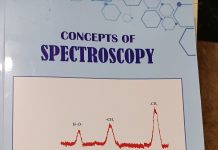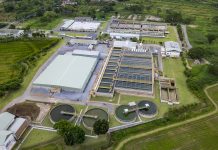Scientists at the MACS Agharkar Research Institute (ARI) identified India’s first indigenous methane eating bacteria, known as methanotrophs, discovered in rice fields and wetlands in Western India.
Under the leadership of Dr. Monali Rahalkar, the research team successfully isolated and described a new genus and species of methanotrophs, named Methylocucumis oryzae. The bacterium holds significant potential for addressing future climate challenges.
Methane, the second most impactful greenhouse gas, possesses a global warming potential 26 times greater than carbon dioxide. It is generated by methanogens in wetlands, rice fields, ruminants, and landfills.
Methanotrophs, or methane-oxidizing bacteria, play a critical role in mitigating this by oxidizing methane, thereby lowering its atmospheric concentration. The bacteria thrive in environments where both methane and oxygen coexist, such as wetlands, rice paddies, ponds, and other water bodies.
Dr. Rahalkar’s team found that Methylocucumis oryzae has a distinct oval and elongated shape, earning it the nick-name ‘methane-eating cucumbers’. This methanotroph was identified as a prominent component in the stone quarry of Vetal Tekdi, a hill in Pune recognized for its diverse flora and fauna.
The quarry’s water, abundant in invertebrates and mollusks, supports an active methane cycle sustained by these bacteria. The discovery of Methylocucumis oryzae is particularly remarkable due to its unique phylogenetic characteristics, with no similar strains reported or cultured elsewhere in the world.
This bacterium is notably larger than most others, comparable in size to small yeast, and is strictly mesophilic, unable to grow at temperatures above 37ºC. In recent studies, Methylocucumis oryzae has been shown to enhance rice plant growth by promoting early flowering and increasing grain yield.
Tests with the high-yielding Indrayani rice variety confirmed these benefits. However, the slow growth rate of this methanotroph presents a challenge for large-scale cultivation and biotechnological applications.
The team’s research findings were published in the Indian Journal of Microbiology, with prior reports appearing in Microbial Ecology, Antonie van Leeuwenhoek, Frontiers in Microbiology, and International Microbiology. As reported by indiatoday.in, the identification of the unique and potentially endemic methanotroph is critical for future research and potential applications in climate mitigation.































